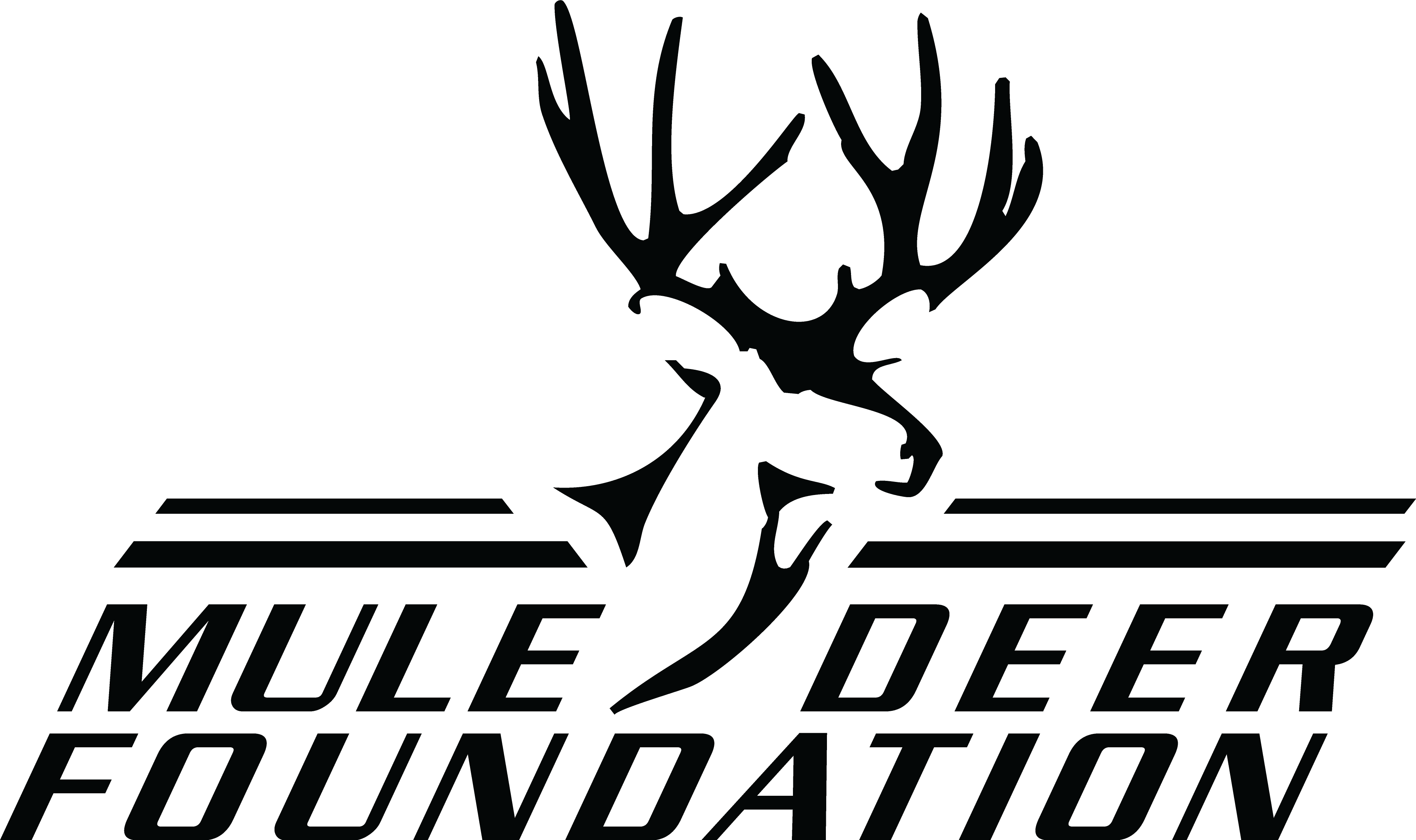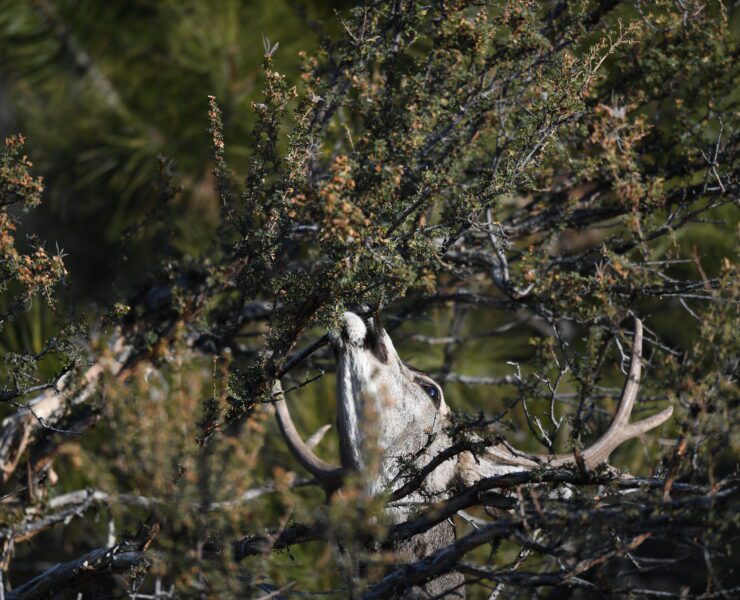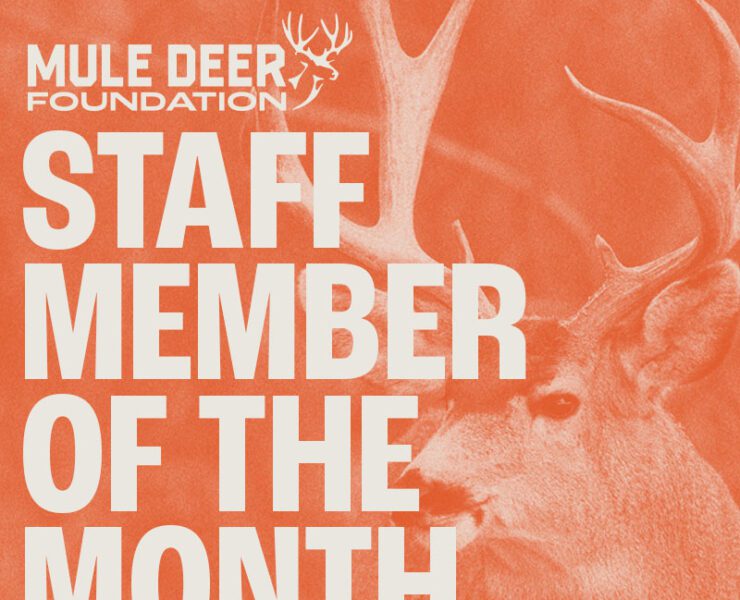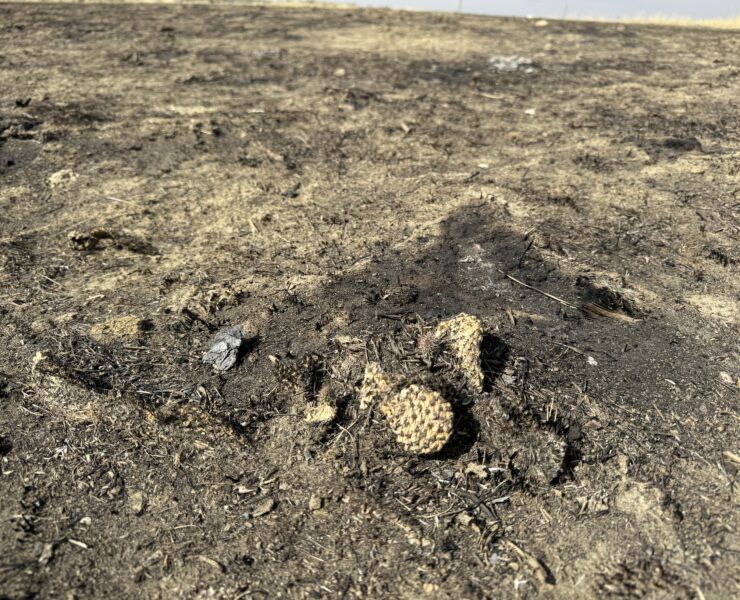Idaho

I earned my bachelor’s degree in Wildlife from Purdue University in 2016, then spent several years working seasonal field technician jobs, primarily capturing and collaring elk and mule deer, and conducting vegetation surveys to assess habitat conditions. In 2019, I moved to Salmon, Idaho, where I worked for Idaho Fish and Game, first as a big game population technician, monitoring collared big game, and later as a depredation technician, working with landowners to mitigate wildlife conflicts.
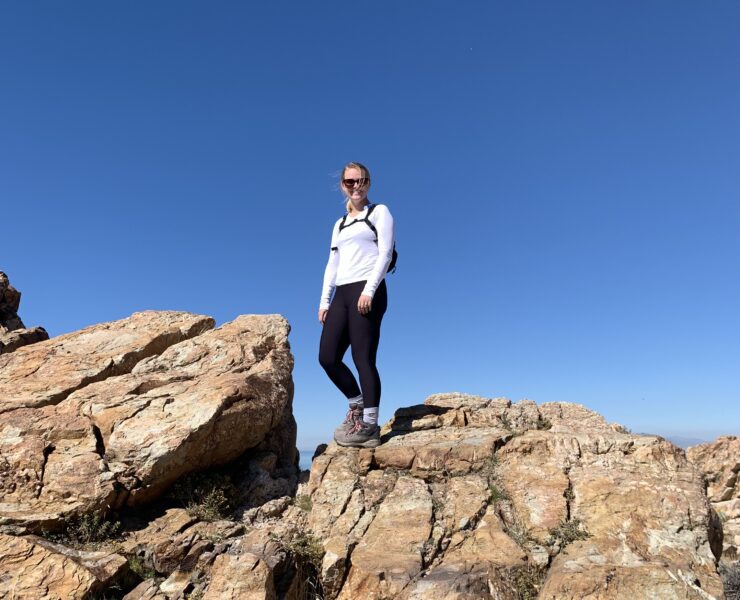
Katie was born and raised in NE Kansas with a passion for the outdoors and wildlife. She followed this passion in her educational career, graduating from Benedictine College with a bachelor’s in biology and then completing her master’s degree at the University of Kansas in ecology and evolutionary biology. She worked for the Utah Division of Wildlife Resources for two years working with private landowners to further conservation of land and wildlife habitat.

“The only thing that could improve it would be seeing a big ol’ boar,” I said after the elk had disappeared into the spruce forest. Billy and I stepped back onto the road in high spirits. As we slowly still hunted our way along, I suddenly felt something. Apparently, Billy thought it, too. When I turned around to see what had the hair on my neck standing at attention, he was turning back towards me wide-eyed.
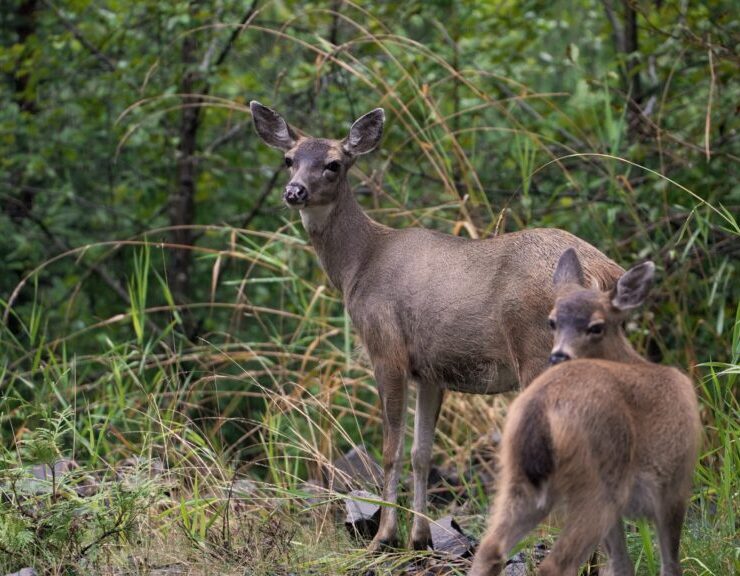
As many hunters and conservationists know, in certain states winter survival for mule deer is essential to keeping the population at its objectives. Therefore, it makes sense why states wildlife managers collect this vital information year after year. In fact, winter survival and post winter population counts are vital to MDF’s prioritization of where it can focus its conservation efforts in coordination with state agencies.
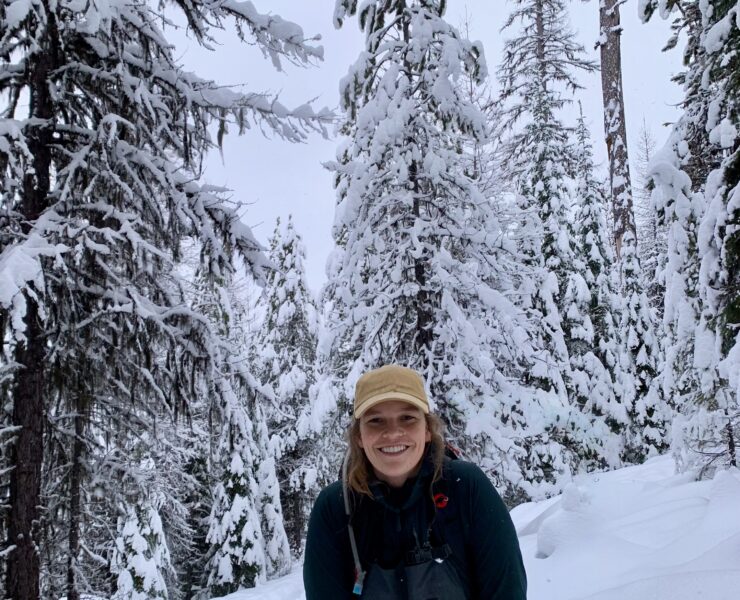
Ella Hartshorn is a spatial ecologist who explores how wildlife navigate ever-changing landscapes and increasing human pressures using remote sensing and geospatial analyses. Raised in rural western Colorado, she grew up immersed in the daily intersections of human and wildlife activity—from waking to deer in the backyard to helping trap prairie dogs in agricultural fields. These formative experiences sparked her dedication to understanding and improving how humans and wildlife share space and resources.

The Mule Deer Foundation (MDF) and Idaho Fish and Game Department are seeking a highly motivated and dedicated individual to fill the role of Transportation Technical Assistance Liaison to support IDFG with providing biological technical assistance to ITD. In this role, you will be a critical member of an interagency team supporting ITD’s programs and projects with a nexus to fish, wildlife, and botanical resources. This position will provide leadership and creativity for exploring and implementing solutions to benefit both conservation and society’s transportation needs.
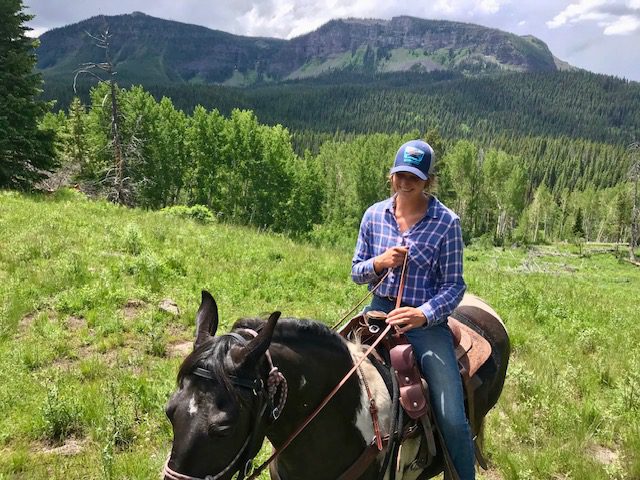
The USDA Forest Service manages nearly 200 million acres of public land all over the country. That’s a lot of ground to cover, especially when you consider the agency’s mandate to make decisions on how best to utilize and maintain the land for “the greatest good of the greatest number in the long run.”

Results from the Wisconsin DNR’s largest deer and chronic wasting disease (CWD) study ever undertaken show that the disease substantially reduces deer survival rates, and suppresses deer population growth.
Dr. Dan Storm, DNR ungulate research scientist, reported the results of the seven-year study in southwest Wisconsin to the Natural Resources Board Jan. 22.
“People should expect to see fewer deer in areas of high CWD prevalence,” Storm said. “Deer are not going to go extinct, but there will be fewer of them.”


